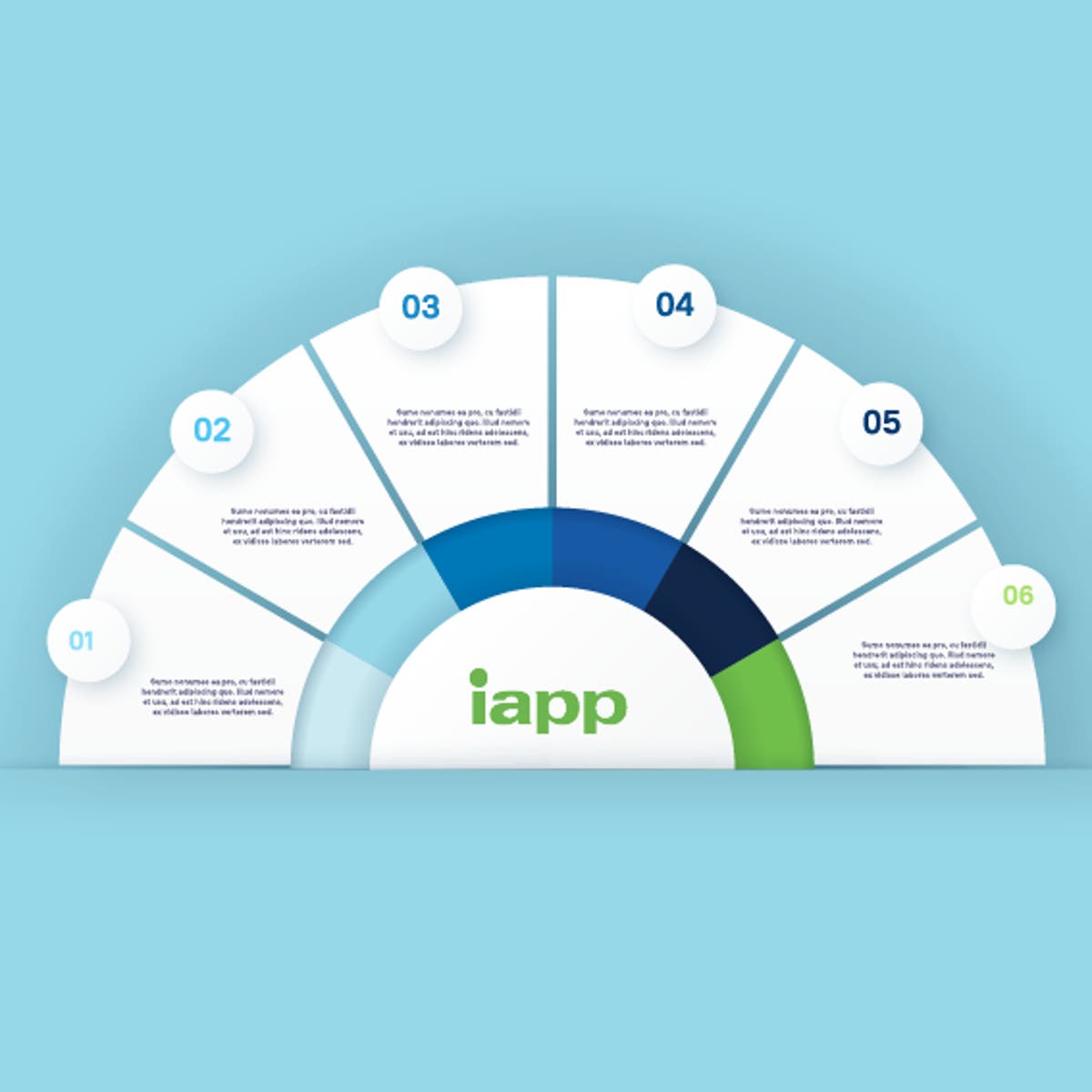INFOGRAPHIC
TITLE - PLACE HERE
SUMMARY - PLACE HERE
Published:
DESCRIPTION TEXT - PLACE HERE

This content is eligible for Continuing Professional Education credits. Please self-submit according to CPE policy guidelines.
INFOGRAPHIC
TITLE - PLACE HERE

SUMMARY - PLACE HERE
Published:
DESCRIPTION TEXT - PLACE HERE

This content is eligible for Continuing Professional Education credits. Please self-submit according to CPE policy guidelines.
Related resources
Global AI Governance Law and Policy: Jurisdiction Overviews
RESOURCE ARTICLE

US State Privacy Legislation Tracker
TOOLS AND TRACKERS
Organizational Digital Governance Report 2025
REPORTMEMBER

US State Comprehensive Privacy Laws Report
REPORTMEMBER
